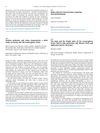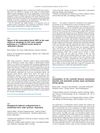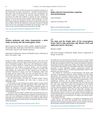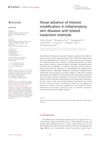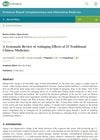Sirtuins Pathways and Redox Homeostasis: A Pilot Study on Young and Old Monozygotic Twins
August 2015
in “
Free Radical Biology and Medicine
”
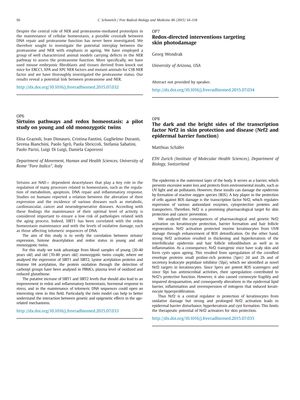
TLDR The study suggests that higher levels of SIRT1 and SIRT2 may improve overall cell health and aging processes.
The document presents a pilot study aimed at examining the correlation between sirtuins' expression, histone deacetylation, and redox status in young (20-40 years old) and old (70-80 years old) monozygotic twins. Sirtuins, specifically SIRT1 and SIRT2, are NAD+ dependent deacetylases involved in various homeostatic processes including metabolism, apoptosis, DNA repair, and inflammatory response. Their optimal activity is considered crucial for reducing the risk of age-related diseases. In this study, blood samples from monozygotic twins of different age groups were analyzed for the expression of SIRT1 and SIRT2, protein lysine acetylation, histone H4 acetylation, protein oxidation (via detection of carbonyl groups), and plasma levels of oxidized and reduced glutathione. The study suggests that increased levels of SIRT1 and SIRT2 could improve redox and inflammatory homeostasis, stress hormonal response, and maintenance of telomeric DNA sequences. The twin model used in this study could provide insights into the interaction between genetic and epigenetic factors in aging mechanisms.
